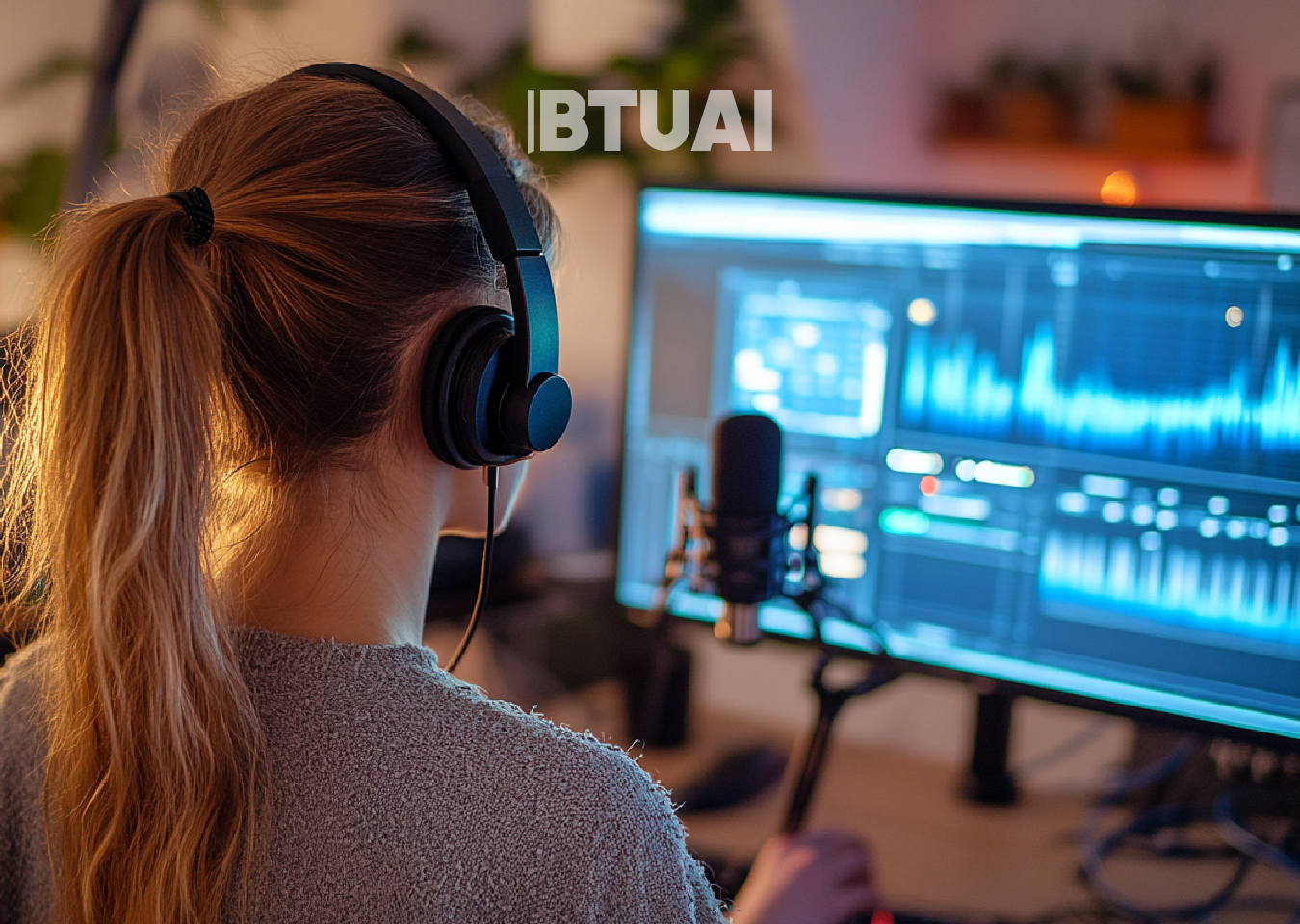Who Funds Georgia’s Teenage Streamers?
In recent years, the number of teenage content creators in Georgia has grown significantly. Platforms like YouTube, TikTok, and

In recent years, the number of teenage content creators in Georgia has grown significantly. Platforms like YouTube, TikTok, and Instagram are no longer just entertainment spaces — they’ve become sources of income for young people, including school students. However, the question of who actually funds this content and how this work is monetized remains unclear.
There are now several cases in Georgia where teenage streamers or video creators have built large audiences and started earning income through different channels. On YouTube, many teens create videos from home using basic equipment. Their content often revolves around school life, humor, or various internet challenges — and many such channels attract tens of thousands of subscribers. Those who meet YouTube’s monetization threshold (1,000 subscribers and 4,000 watch hours per year) can earn money directly through ads.
TikTok, meanwhile, favors short-form content: dance routines, comedy sketches, viral trends. While engagement is often higher, monetization is more difficult — the TikTok Creator Fund is not available in Georgia as of 2025. Instead, creators rely on product placements, sponsored posts, and barter deals with local brands.
Currently, teenage content creators in Georgia earn money through several paths:
- YouTube advertising revenue – for those who meet the platform’s eligibility requirements.
- Sponsored content or product placement – often small payments or free items from local businesses.
- Donations during livestreams – especially on YouTube.
- Affiliate marketing and discount codes – revenue from directing followers to specific online shops.
The overall scale of this emerging economy hasn’t been thoroughly studied yet. But what’s clear is that digital content creation for teens in Georgia is moving beyond hobby status. In some cases, it becomes part of household economic activity. Parents may assist with filming, editing, or buying equipment, treating it as a potential investment in their child’s future.
That said, significant barriers remain. There’s currently no legal framework in Georgia that protects the interests of underage creators — whether it’s signing contracts with sponsors or managing their income. Many creators also register on platforms while underage, bypassing age restrictions, which creates further risks regarding content and privacy.
Moreover, Georgia lacks formal programs that educate young content creators on ethics, intellectual property, or financial literacy. As a result, many of these teens rely on trial and error, peer advice, or the hope that one of their videos might go viral.
In summary, while income sources do exist, Georgia’s teenage streaming and content economy is still developing informally.




